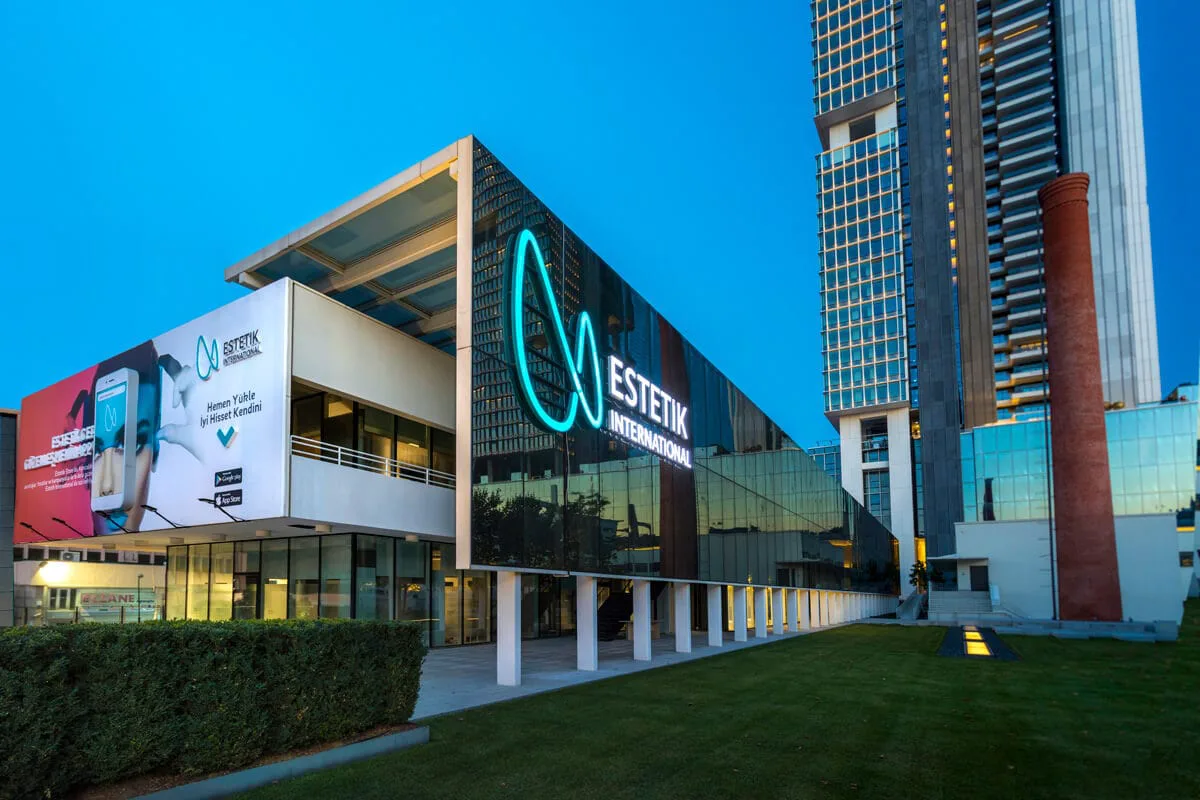Dental veneers: Materials, Types and Efficiency
Restorative aesthetic dental practices have become not more in demand, but more conservative in their implementation. Today, adhesive technology usage contributes to the maximum dental structure preservation, while emphasizing the patient restoration needs and aesthetic requirements.
Because of their durability, availability, biocompatibility and aesthetics, dental veneers are one of the best restorative treatments. Particularly, ceramic veneers have excellent clinical qualities and are the most resistant to third-party influences.
Veneers types
Veneers became an innovative dental solution aimed at appearance improving – beautiful smile creating. Mostly, they’re installed on front teeth and along the lateral arches. During the procedure, specialists attach the veneers directly to the patient’s teeth – the result looks quite natural, comfortable to wear and practical.
Different veneers materials exist; therefore, they come in a variety of price ranges. Choosing a veneer, the greatest care should be taken to ensure the walls are thin enough, yet as strong as possible to withstand normal wear and tear, and resistant to dirt teeth are exposed to everyday.
In dental practice, there are 3 main facing materials types for veneers. Each type has its own disadvantages and advantages, and influences on veneer prices.
Porcelain veneers
These veneers are preferred for patients wanting to slightly change their smile look, and their teeth shape, size or color. Porcelain veneers are thinner, look as natural as possible, and last up to 15 years with proper oral care. Original patient’s tooth surface remains intact and isn’t subjected to mechanical stress.
Among the shortcomings, one can single out dental veneer cost – porcelain veneers are classified as quite high – and special care needs. If the veneer breaks, it will be impossible to repair it – complete replacement is needed.
Ceramic veneers
It’s one of the most frequently chosen veneers types because of their advantages over other materials:
- similar natural teeth imitation;
- ceramic veneers “feel” better in the natural mucous oral cavity environment;
- durable usage.
Simultaneously, ceramic dental veneer is made longer, and after their installation, manifestation of increased teeth sensitivity for several days is possible.
Composite veneers
Composite dental veneers are usually chosen for their low cost. They can be inserted in just one session, minimizing visits to specialists. These veneers require less maintenance, and they look quite natural. But there are drawbacks to this dental veneer type – the likelihood of staining, chipping or breaking the material is much higher than using other types. Composite veneers will serve no more than 5 years.
Significant progress in enamel adhesion has enabled the development of conservative restorative adhesive techniques for improving teeth aesthetics. Composite resin can be used to mask teeth discoloration, and to correct the teeth’s anesthetic shape or position. This modification type has limitations in wear period, since composite materials are more prone to discoloration, wear and edge cracks, reducing aesthetics.
Technical aspect of veneers operative set
First procedure stage is 3D dental arches modeling. Model is created so that specialists can adjust the further work course. Accompanying diagnostics helps to determine pathology presence in teeth preventing the veneer installation.
Veneer dental treatment is performed with no preparation of the original tooth surface. Procedure itself involves slightly cutting off the natural enamel, after which veneer is applied to the front tooth surface. Crown grinding is carried out under the gum for creating the most natural appearance of implanted dental material. Mostly, it’s recommended to put a veneer on a tooth with nerves and no dead tissue.
Sometimes, original tooth modification is required in dental veneering. It’s necessary in the tooth curvature presence or its incorrect position in gum. Then specialists prescribe additional surgical intervention.










